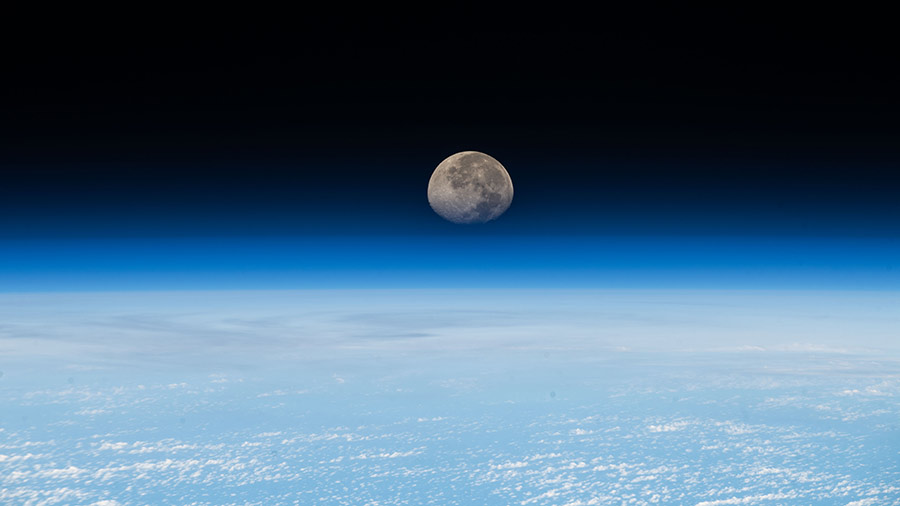
Human research and spacesuit work topped the schedule for the Expedition 69 crew aboard the International Space Station at the end of the week. The orbital residents also analyzed microbes, maintained life support systems, and worked on cargo transfers.
Researchers on the ground continuously investigate how living in space affects astronauts to keep crews healthy. The crew members provide blood samples and other specimens during their mission for examination on the orbital outpost or in laboratories on the ground. They also attach a variety of sensors to themselves measuring their physiological reactions while either at rest, exercising, or even working. The data is downlinked real-time or later to help doctors understand how weightlessness affects their bodies.
Two astronauts, Jasmin Moghbeli of NASA and Satoshi Furukawa of JAXA (Japan Aerospace Exploration Agency), took turns pedaling on an exercise cycle for a workout study in the Destiny laboratory module. The duo wore breathing gear and cardiac sensors for the investigation monitoring their aerobic fitness. Moghbeli later sequenced DNA from microbe samples collected from the potable water dispenser. Furukawa moved on and inventoried medical supplies inside the Human Research Facility.
Flight Engineer Andreas Mogensen of ESA (European Space Agency) wrapped up four days of an immunity study of Friday. He removed experiment hardware, stowed blood samples in a science freezer, and disconnected the Kubik research incubator. Mogensen was helping doctors learn how microgravity affects cellular immune functions and to monitor the human immune system in space.
NASA Flight Engineer Frank Rubio worked in the Quest airlock scrubbing cooling loops in a pair of U.S. spacesuits. After Rubio’s cooling loop work was completed, Moghbeli would take over and deconfigure the spacesuits then stow them in Quest.
In the Roscosmos segment of the orbiting lab, Commander Sergey Prokopyev serviced docking hardware, jogged on a treadmill for a fitness evaluation, then began packing items inside the Soyuz MS-23 crew ship. The two cosmonaut flight engineers, Dmitri Petelin and Konstantin Borisov, split their day between collecting station microbe samples for analysis, replacing life support hardware, and disposing trash and used hardware inside the Roscosmos Progress 84 cargo craft.
Learn more about station activities by following the space station blog, @space_station and @ISS_Research on X, as well as the ISS Facebook and ISS Instagram accounts.
Get weekly video highlights at: https://roundupreads.jsc.nasa.gov/videoupdate/
Get the latest from NASA delivered every week. Subscribe here: www.nasa.gov/subscribe

